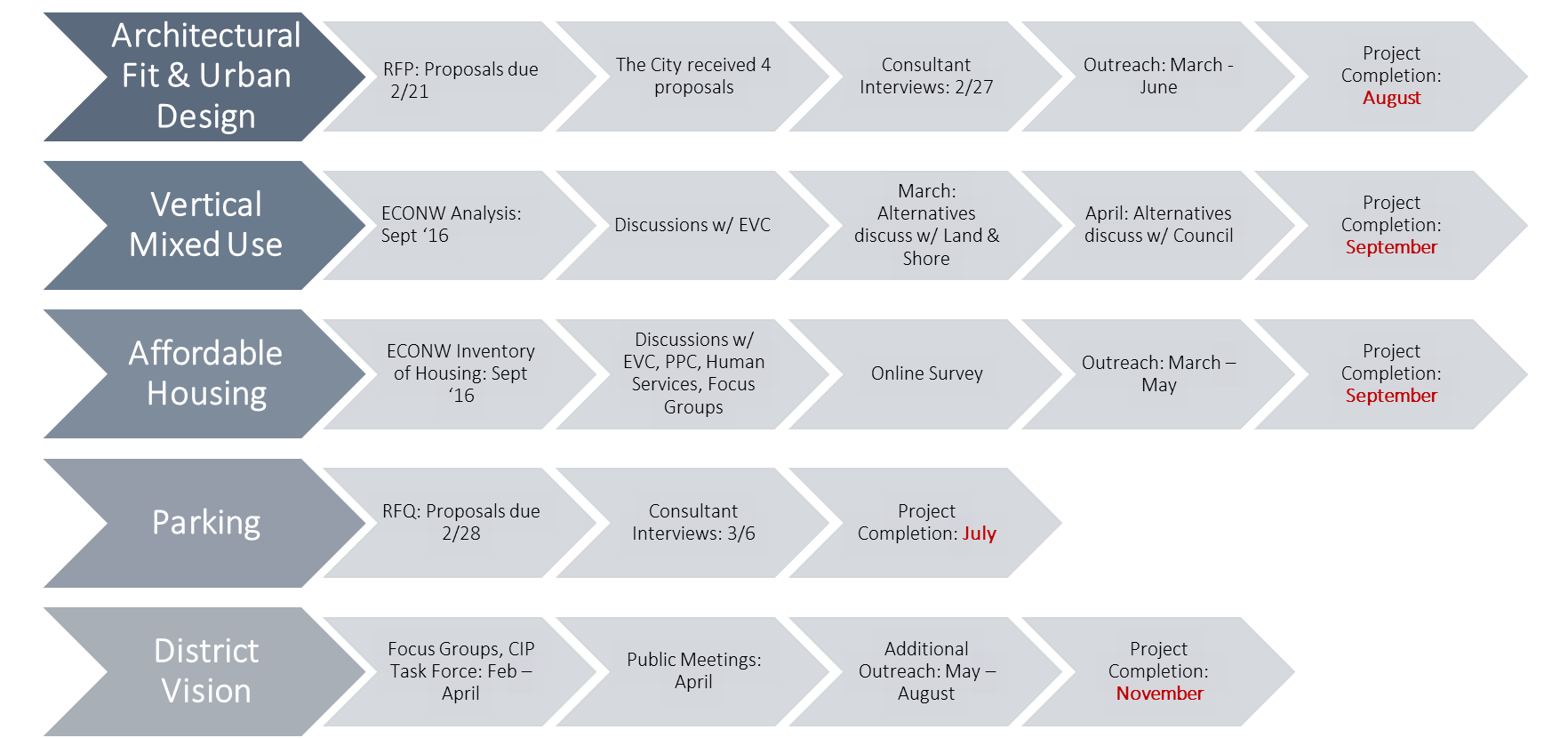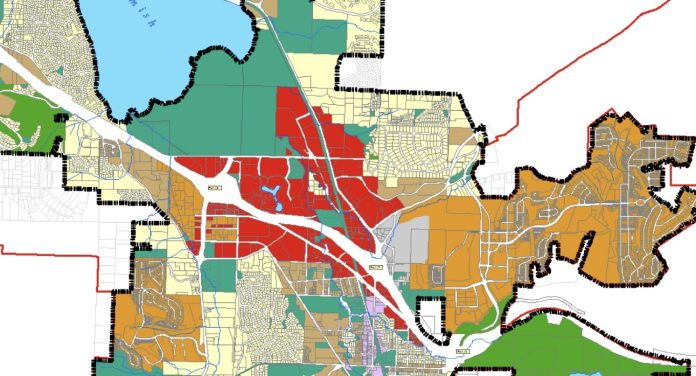The Issaquah City Council extended its development moratorium for Central Issaquah by an additional six months. This would put the moratorium out as far as September 6th, with the next public hearing on whether to extend or end the moratorium scheduled for August 7th. The purpose of the extension is to give City staff time to complete six work items and report back to the Council with recommendations.

Some highlights from the update include the following:
- Architectural Fit and Urban Design were merged into a single work stream, with requests for proposals (RFPs) that were due February 21st. Several regional architecture firms have submitted bids and are being reviewed.
- Vertical Mixed Use will give a deep dive at today’s Land & Shore committee meeting.
- An Affordable Housing inventory in the city was completed last year, and staff is meeting with various stakeholders.
- Parking RFPs were due February 28th. The City is asking for a report to determine 1) if Central Issaquah is “under/over/right-parked” and 2) if the City needs to mandate any form of structure parking.
- For District Vision, the City is meeting with focus groups within each of the 10 neighborhoods identified by the City. This work steam is expected to be heavy on public outreach.
For Vertical Mixed Use (VMU), an earlier studied commissioned by the City said the Central Issaquah market is “5~10 years away from supporting vertical mixed use.” Today, City staff will walk through three options:
- No action. Leave VMUs to emerge naturally from the market.
- Accelerate VMUs. Leverage City incentives to encourage VMU development.
- Deter non-VMU. Disincentivize non-VMU development, perhaps stifling development overall.
Also on the docket on is the transfer of development rights (TDR) proposal in the Highlands, discussed here previously. The full council remanded the Agenda Bill back to the Land & Shore committee to:
- Better understand infrastructure concerns, particularly around confirming that additional units won’t stress traffic given that the SEPA traffic assumptions need to be updated.
- Refine affordable housing proposal based upon on council and public concerns. Public concerns have tended to be constructive but NIMBY-ish criticisms of Polygon’s proposal.
Polygon’s representatives referenced the ‘social contract’ of the TDR process and objected to the Highlands Development Agreement being used as forum to decide on TDRs, suggesting blocking the proposed TDRs application will make future TDR creation less viable in the future. Polygon also tried to bifurcate the affordable housing proposal from the TDR proposal, perhaps concluding the affordable housing “sweetener” in the proposal was becoming a liability due to public comment.
From what I could tell, the Council pretty much ignored these arguments and focused on the one thing everyone cares about–traffic! Once it was highlighted that the traffic analysis was not complete, the council remanded the issue back to Land & Shore and extended the associated public hearing by 60 days.
Another item of note for readers may be the Sustainable Building Action Strategy presentation, which will kick off the meeting.
The Land & Shore committee meeting will be today (Thursday, March 2nd) at 6.30pm at Council Chambers in City Hall South. Meetings are live-streamed through ICTV 21, issaquahwa.gov/ictv, or viewed later on the city’s YouTube channel.
AJ McGauley
AJ McGauley was a temporary transplant in the Seattle area, living in East King with his lovely wife for five years before returning to the great Midwest. Having lived in nine very different cities in the six years prior to moving to Washington, he discovered the wonky side of urbanism after reading The Urbanist and is interested in why cities grow (or don’t grow) in different ways. He worked for Sound Transit and can still be found riding transit for fun.

